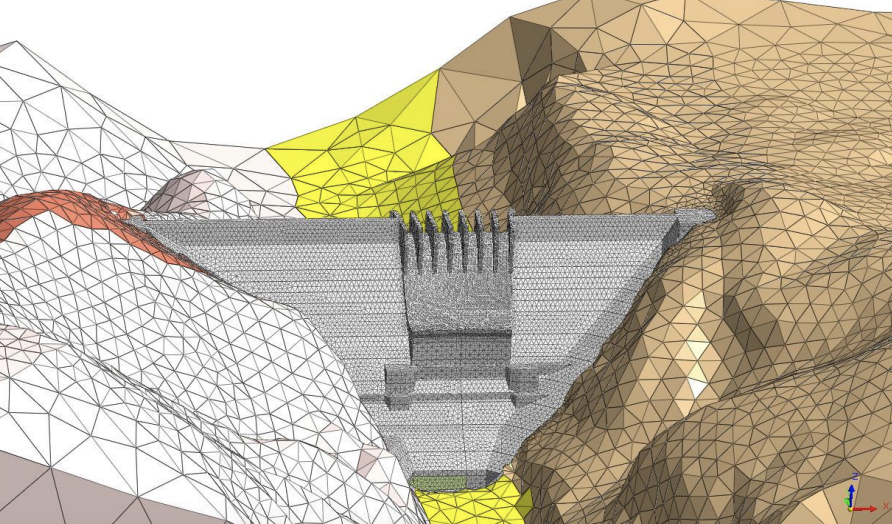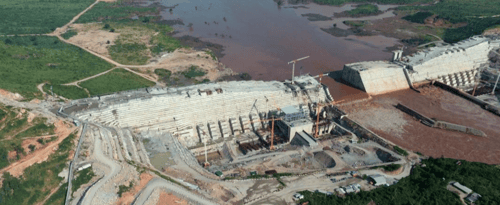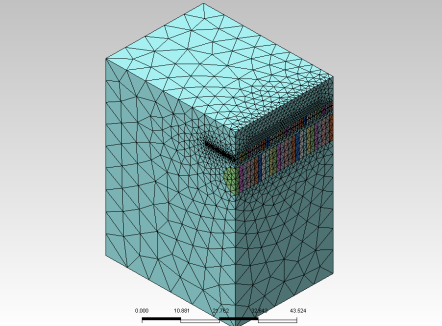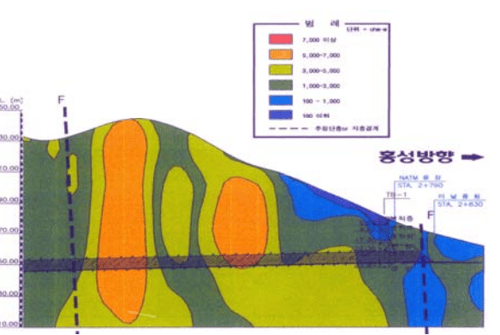Midas GTS NX: Optimization study for staged construction of Gibe 3 dam

Author: Luciana Farias
Publish Date: 27 Dec, 2021
Alessandro Masciotta Alessandro Cagiano de Azevedo Francesca Mattei
Studio Masciotta Studio Pietrangeli Studio Masciotta
"Introduction
Gibe 3 is an Hydroelectric Plant, located in Ethiopia along the Omo river: it includes a 250m high RCC dam creating a reservoir of 13 billions of cubic meters of water, serving a 1870 MW Power Plant. During the construction of the dam, it was explored the possibility to construct a portion of the dam in two phases, to anticipate the raising of the upstream portion in order to allow early impounding and, consequently, early generation. This paper presents the study carried out about the stability of the gravity dam structure in the hypothesis of construction in two phases. The two phases construction has the benefit to allow to anticipate the raising of the reservoir water level for energy production purposes, but has implications in the static behavior of the dam, since it changes significantly the stresses distribution within the dam body, that shall be object of careful analysis. In order to inquire the effects of construction in two phases on the stresses values and distribution, a 2D FEM model was purposely built, to model explicitly dam and rock foundation features. Nonlinear static analysis with staged construction and impounding phases was adopted. In order to define the minimum volume of the first phase of the dam ( here called dam 1 or small dam) that gives a safe state of stress within the dam body, various design scenarios were analyzed in terms of different downstream slopes of the first phase dam. The downstream slope was the first driving factor for this sensitivity analysis, being directly correlated with the volume of RCC needed for the dam 1, and therefore having a direct impact on time and costs required for its construction. Of course also other parameters were conjunctively investigated (not described in this article), such as joints, thermal effects, seepage, 3D effects. The results of the study show the importance of the downstream slopes of the first phase on the structural response. In some scenarios there is a significant decrease of the total stresses in correspondence of the upstream face of the dam, which increases the risk of localized cracks. Moreover, it has been observed, as consequence of the simulated early impounding and staged construction, that the maximum compressive stresses may be localized at the downstream toe of the first phase dam rather than at the toe of the entire dam, with consequent need of review of the RCC zoning design. For the specific case of Gibe III dam, the study conducted confirmed that an accurate design of the first phase of the dam can make statically viable such staged construction, and it can allow to gain confidence on the possibility to control the effects on the stress distribution of the two phases of construction, for the final benefit of both engineering and construction"
Do you want to try it yourself?
Don't you worry! We've got you a trial license.
Or get a license for $720/month!






Add a Comment